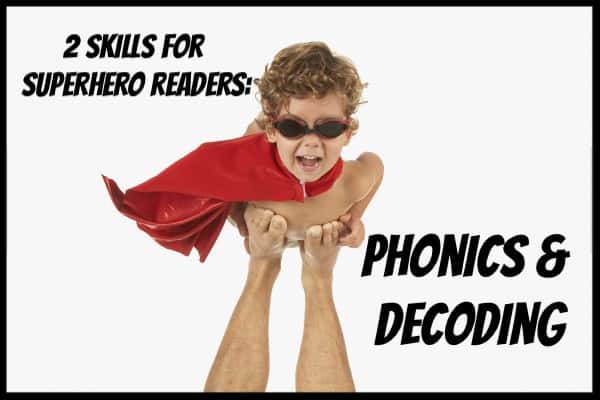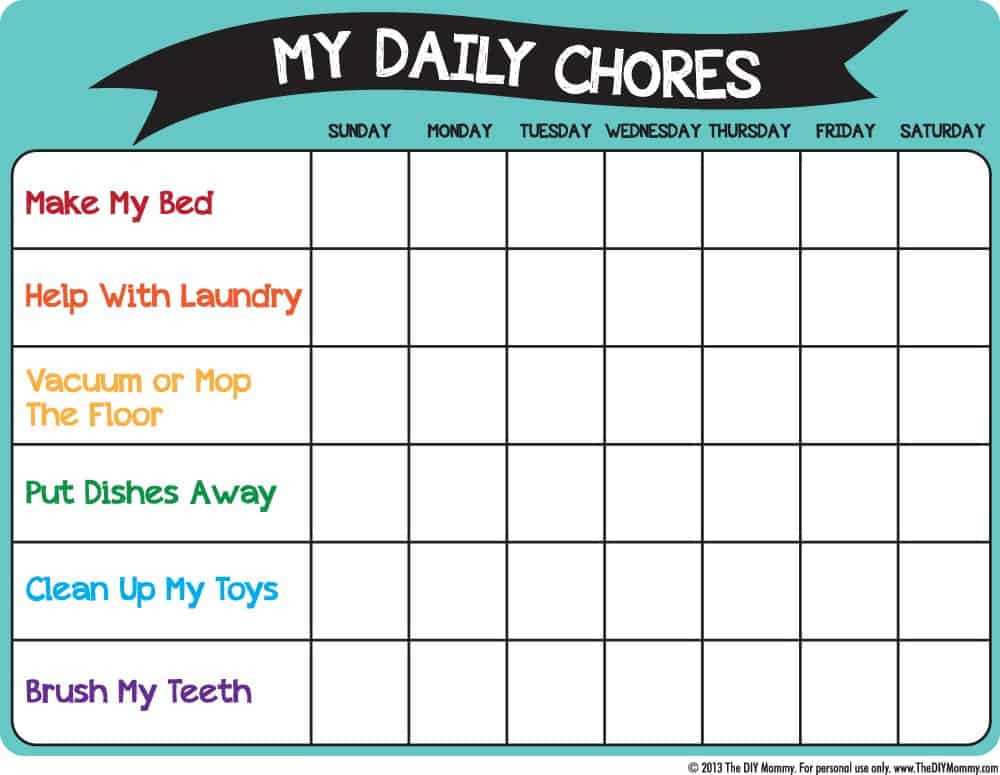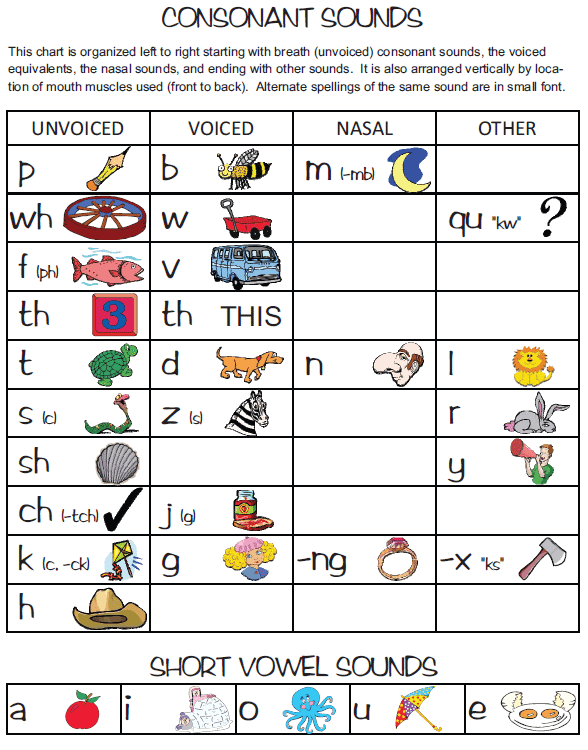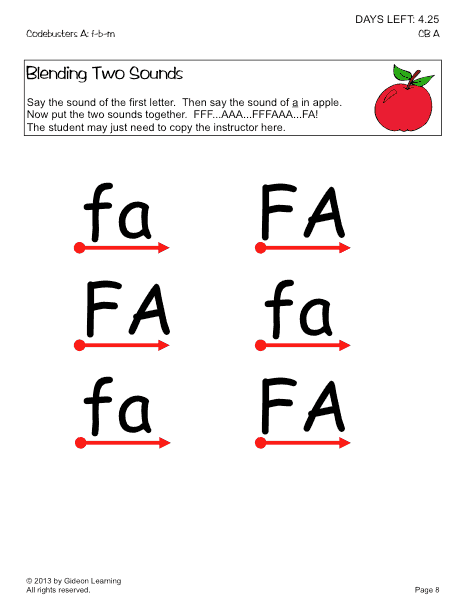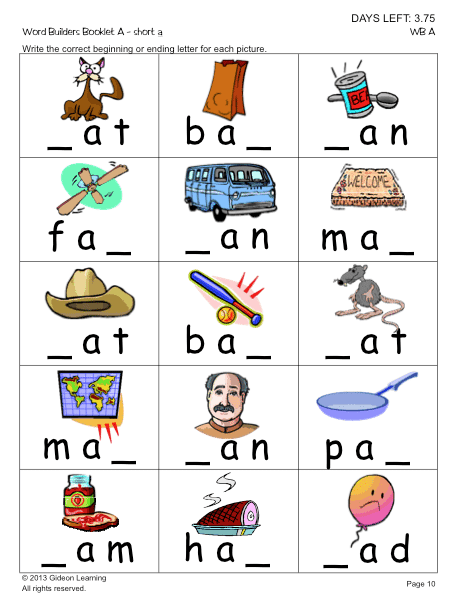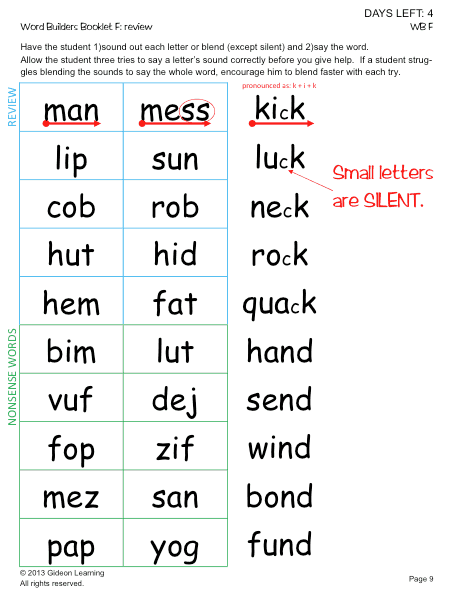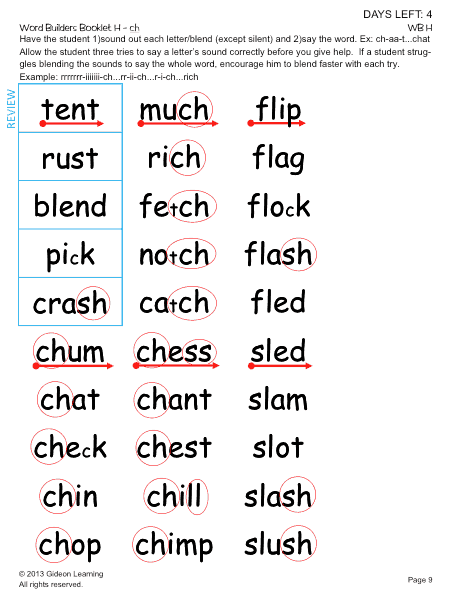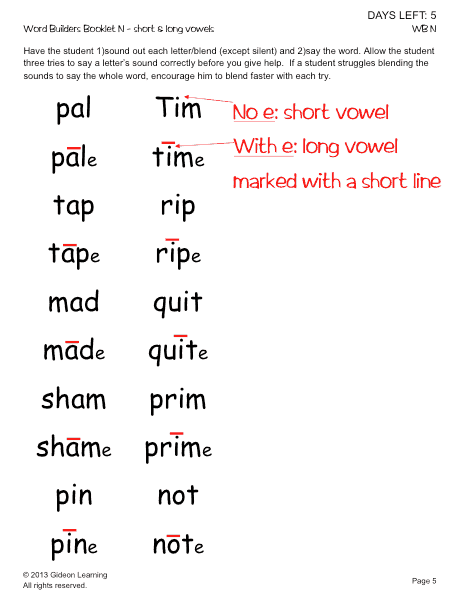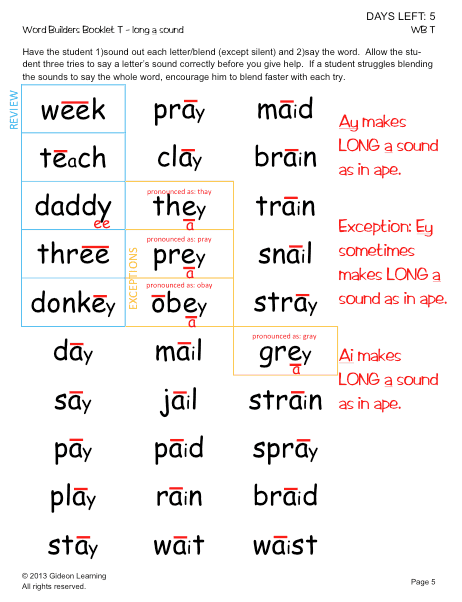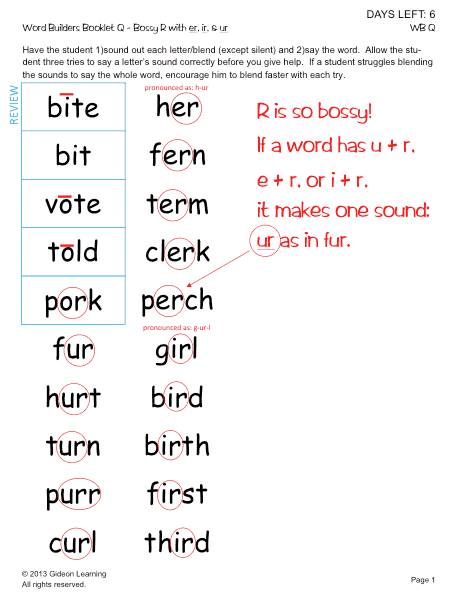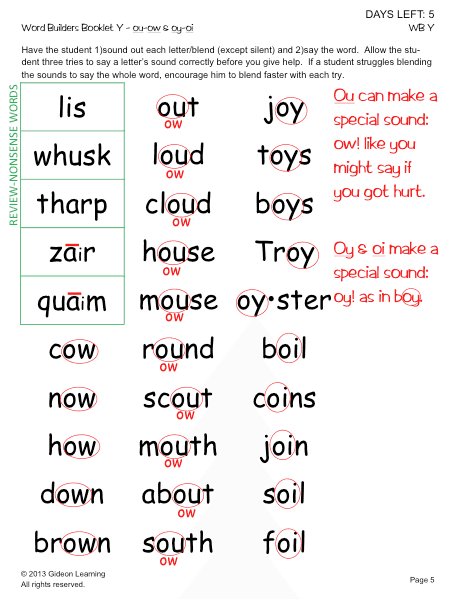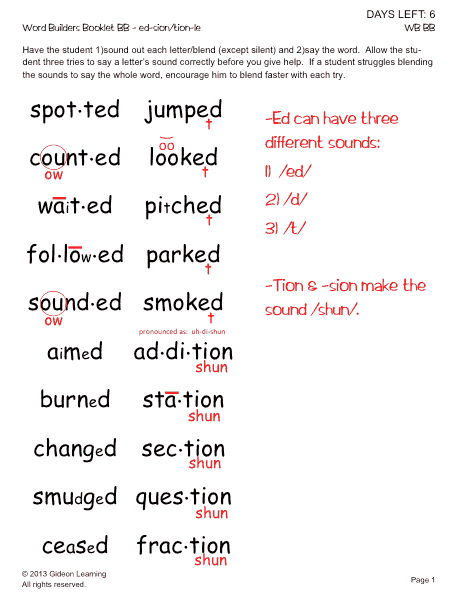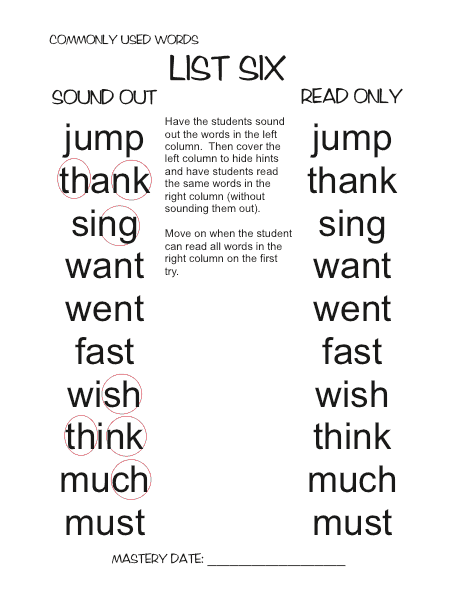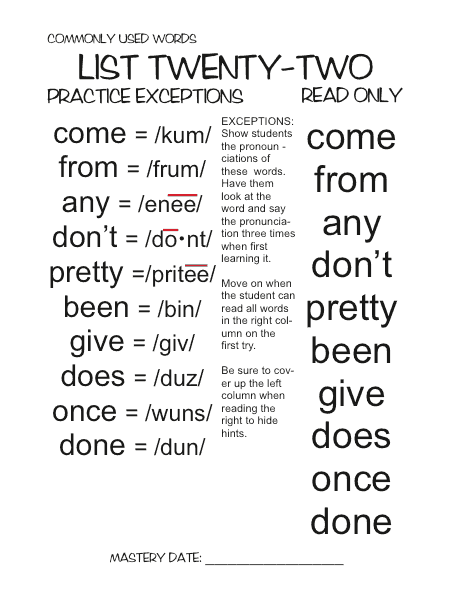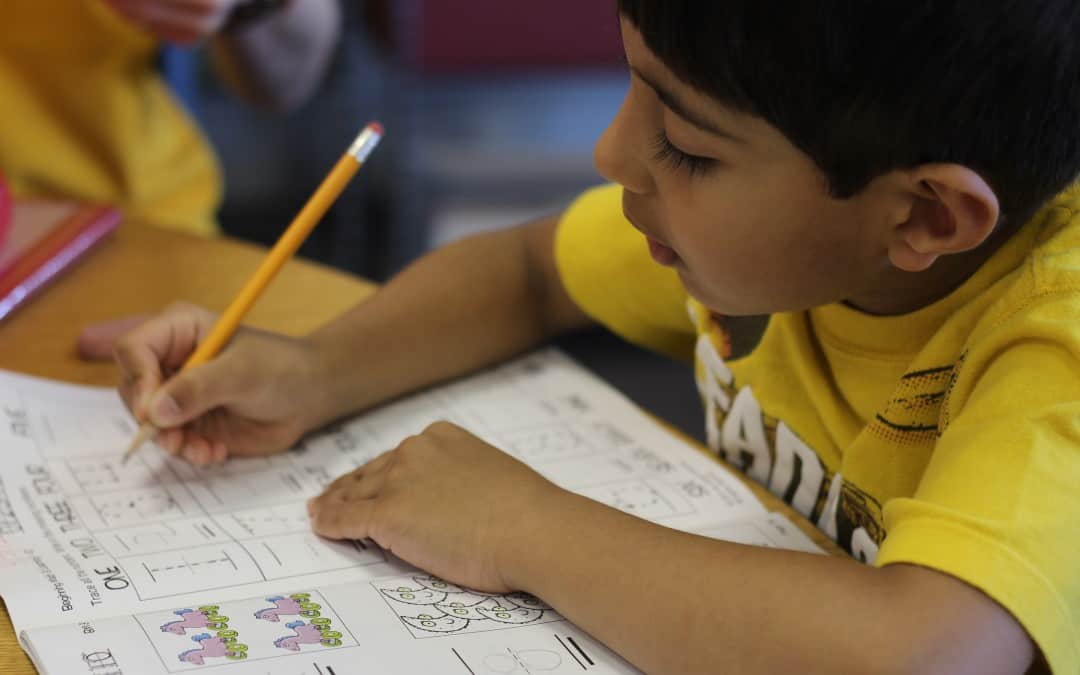
Math, Young Learners
On Joanne Jacob’s blog, she highlighted a recent AP article discussing the correlation between early number sense and math ability several years later. The University of Missouri study found that 7th graders who struggled were the same ones who struggled in 1st grade.
“The gap they started with, they don’t close it,” says Dr. David Geary, a cognitive psychologist who leads the study that is tracking children from kindergarten to high school in the Columbia, Mo., school system. “They’re not catching up” to the kids who started ahead.
If first grade sounds pretty young to be predicting math ability, well, no one expects tots to be scribbling sums. But this number sense, or what Geary more precisely terms “number system knowledge,” turns out to be a fundamental skill that students continually build on, much more than the simple ability to count.
What’s involved? Understanding that numbers represent different quantities – that three dots is the same as the numeral “3” or the word “three.” Grasping magnitude – that 23 is bigger than 17. Getting the concept that numbers can be broken into parts – that 5 is the same as 2 and 3, or 4 and 1. Showing on a number line that the difference between 10 and 12 is the same as the difference between 20 and 22.
Like so many things, practice and repetition can overcome previous shortcomings. When your child does the initial free diagnostic test at Gideon, we are looking for any holes in the foundation such as ability to pick the larger number and whether the addition facts are memorized. Then we start wherever the student is showing a lack of mastery in order to build up on solid ground – no matter if the material is covered several grade levels before or after their current starting point.
Like reading, early and often parent interactions can go a long way. Any time you read or count with a child is good, but they give some even more specific tips if you want to take it that extra step.
… Geary sees a strong parallel with reading. Scientists have long known that preschoolers who know the names of letters and can better distinguish what sounds those letters make go on to read more easily. So parents today are advised to read to their children from birth, and many youngsters’ books use rhyming to focus on sounds.
Likewise for math, “kids need to know number words” early on, he says.
NIH’s Mann Koepke agrees, and offers some tips:
-Don’t teach your toddler to count solely by reciting numbers. Attach numbers to a noun – “Here are five crayons: One crayon, two crayons…” or say “I need to buy two yogurts” as you pick them from the store shelf – so they’ll absorb the quantity concept.
-Talk about distance: How many steps to your ball? The swing is farther away; it takes more steps.

Reading, Young Learners
From WashingtonTimescommunities:
By Brighid Moret
Silver Spring, Md, June 28, 2012 –
The tradition of reading a bedtime story has been around for generations. Sitting on the bed with a parent reading a brightly colored picture book before being tucked into bed is a memory that many adults carry with them. Reading to your child is critically important for language development and is also a great bonding experience for parent and child. Choosing a to read as part of your child’s bedtime routine also helps set a pattern and makes bedtime a more enjoyable prospect to your little one.
Here are 10 of the best bedtime stories: those that focus on sleep or what happens at night. Some are classics, some are newer titles; some are for babies, some are for preschoolers, but you’re sure to find 1 or 2 to fit the bill.

Pajama Time! by Sandra Boyton
(ISBN 9780761119753, Workman Publishing Company, Inc.) “It’s Pajama Time! Jamma, Jamma, Jamma Jamma, PJ!” Sandra Boyton’s books are favorites of many children. This is a fun board book for little kids. It makes putting on pajamas a game or a party. With it’s fun mantra, “It’s pajama time,” and the little pajama dance called the “pajammy,” kids have fun with this book.

Little Owl’s Night by Divya Srinivasan
(9780670012954 Penguin Group (USA) Incorporated) Little Owl spends the night visiting his nighttime animal friends throughout the forest. The artwork is fantastic, and this is a good choice to introduce new animals to your child, like the possum, the raccoon, moths, and crickets. Little owls asks his mother how the night ends, but as she tells him, day breaks and he has fallen asleep.

The House in the Night by Susan Marie Swanson & Beth Krommes
(9780547577692 Houghton Mifflin Harcourt) This is the 2009 Caldecott Winner. It takes you through the house and the things found within a house, to a little sleeping boy who flys out into the nighttime on the back of an owl. After seeing what happens at night, he is returned to the house. The short sentences are good for younger children with shorter attention spans, and the detail in the pictures give children plenty to explore.

I Need My Monster by Amanda Noll & Howard McWilliam
(9780979974625 Flashlight Press) This is a great book for older children, especially those that might be struggling with fear of the dark. In this story, a little boy gets a note from the monster under his bed saying that the monster is going on vacation. The little boy realizes he can’t sleep without his monster. So, he interviews other monsters for the position, but there is a problem with each one that makes them funny rather than scary. In the end, his monster returns and he can fall asleep.

Goodnight Moon by Margaret Wise Brown
(9780694003617 HarperCollins Children’s Books) This classic children’s book is a bedside staple in many homes. In this simple story, a little bunny says goodnight to all the things he sees on his way to bed. Don’t be surprised if your child starts saying goodnight to the objects in your house on his way to bed after reading this book for several nights. The book is so loved by children, that there is even a plush bunny in striped pajamas that you can buy for your child.

Time for Bed by Mem Fox & Jane Dyer
(9780152881832 Houghton Mifflin Harcourt) This is a classic bedtime story and is a favorite of many children. It is bedtime, and the animals are putting their babies to sleep. Each set of pages features a different parent and baby animal in their respective environments. The soft watercolor pictures appeal to young children. It’s written in lulling rhythmic manner that is soothing, which is perfect for calming little ones before bed.

Good Night, Gorilla by Peggy Rathmann
(9780698116498 Penguin Group (USA) Incorporated) This a traditional picture book where the story is told more through the pictures than through the words on the page. The story itself is about a zookeeper that says goodnight to the animal. The gorilla has stolen his keys, and as they make through the zoo, the gorilla lets all the animals out of their cages and they follow the zoo keeper back to his house. This is a good book for young children, as parents can describe what’s going on in the pictures, or you can ask your child what they think is happening.

How Do Dinosaurs Say Good Night? by Jane Yolen & Mark Teague
(9780590316811 Scholastic, Inc.) Part of the popular “How Do Dinosaurs…” series, Yolen and Teague have created a fun book to address temper tantrums before bed. Each page asks if a dinosaur misbehaves in different ways while saying goodnight. The answer to the question is, no, dinosaurs go to bed just like every parent dreams their child will, peacefully with a big kiss as they turn out the light. Children can relate to the behaviors of the dinosaurs and get the message that bedtime is for quiet. This book is also great for any child who is going through a dinosaur phase, as the name of each dinosaur is labeled somewhere in the picture, so parents aren’t at a loss when a curious child asks what type of dinosaurs is jumping on the bed.

Just Go to Bed by Mercer Meyer
(9780307119407 Random House Children’s Books) This is a book in Mercer Meyer’s popular “Little Critter” series. It’s time for bed, by the little critter wants to play, so every step of the way he uses his imagination to turn the different steps of getting ready for bed, until he pretends himself into bed. This is great for active kids who want to play all night long, showing them that it’s alright to get into bed and go to sleep. It might also give parents a few ideas of how to steer your child’s play towards bed.

The Sleep Book by Dr. Seuss
(9780394800912 Random House Children’s Books) It seems that there is a Dr. Seuss book for every occasion, and bedtime is no exception. In his classic, The Sleep Book, Seuss talks about contagious yawns, snoring, dreaming, sleep talking and sleep walking using his famous rhyme and meter and tongue twisting alliteration. Seuss’s imagination has dominated the children’s picture book market for decades, and this book is no different with it’s fantastic and funny imaginary creatures like the Collapable Fink, the Ofts from the District of Doft, and the Foona-Lagoona Baboona which are all going to sleep in their own weird wacky way. The Sleep Book is quite long, so it is best saved for an older child with a longer attention span.
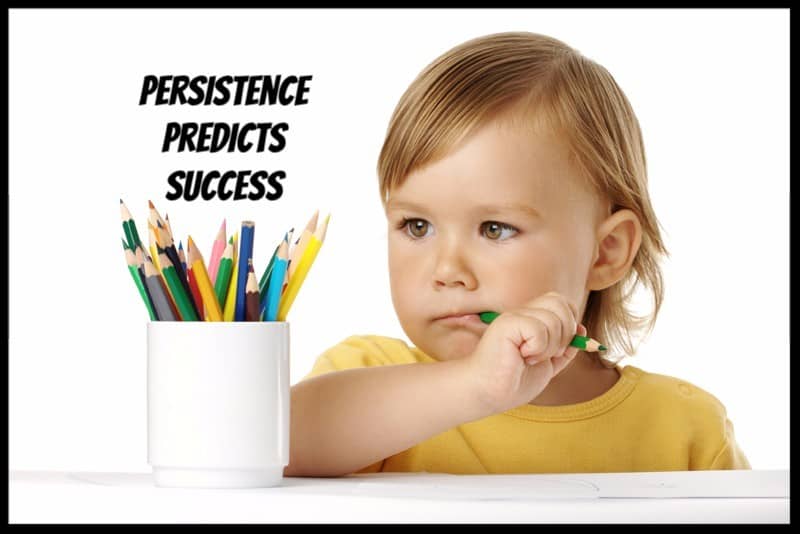
Math, Reading, Young Learners
One of the big benefits of a program like Gideon is the ability to train a child to focus on a task for period of time. Another great skill learned through repetition (when needed) is perseverance through difficult tasks pays off by making that task easier! We feel that almost all children can be taught both focus and perseverance, especially through daily practice. The experience gained from persevering through a previously difficult concept and coming out successful on the other side reminds a child he will likely eventually ‘get it’ and not to give up! This blog post below from Joannejacobs.com highlights an interesting study which show success later in life from early persisters.
Preschoolers who concentrate, follow directions and persist with a difficult game are much more likely to succeed in school, according to an Oregon State study that followed children from preschool through age 21.
“Our study shows that the biggest predictor of college completion wasn’t math or reading skills, but whether or not they were able to pay attention and finish tasks at age four,” said researcher Megan McClelland. These skills can be taught, she said.
While I think other articles and studies have shown that good math and reading skills will only aid more in college success, the focus and persistence shown at an early age is certainly an interesting add-on. (However, clearly a very focused person can learn the math or other skills needed once getting to college.) And yes, I agree, these skills CAN be TAUGHT!

Reading, Young Learners
By Alex Smith
updated
6/14/2012 4:40:09 PM ETBecause I’m a working father of two kids still in their single digits, my days are pretty full. Since my workday starts relatively late in the morning, I’m able to give my wife a break and drop my children off at school myself. And while I do have those mornings with my kids, those fleeting hours are usually spent getting them dressed, retrieving misplaced bits of clothing and/or homework, and basically playing beat the clock. Quality time it is not. By the time I get them to the door of their school, I’m swiftly pivoting on my heel and sprinting to work, and I don’t get back home until well into the evening.
After a full day in the trenches, I generally get back just in time for the kids’ bedtime. Many nights I may walk in the door weary, worried or with a head full of work-related minutiae, but as soon as my pajama-clad little ones come sprinting out of their room to greet me (and, honestly, is there a better way to start an evening?), all of that goes away. And so begins a nightly ritual I wouldn’t trade for the world.
I cannot overstate how significant reading to my children has been. It’s one of the most enjoyable and cherished parts of my day. I’ve been doing it since my eldest was barely a year old, and it’s served as a bonding time like precious few others. Whether I’m exploring the singsong rhyme scheme of Bill Martin, Jr. and John Archambault’s “Chicka Chicka Boom Boom” or trying to properly capture the ferocious voice of one of Maurice Sendak’s beloved Wild Things, I cannot describe how rewarding it is to peer over at my wide-eyed tykes hanging on every syllable.
Below are a few of the perennial favorites in our home.
‘Go, Dog Go’
By P.D. Eastman
(Random House Books for Young Readers)
A playful exploration of color, proportion and verb conjugation involving whimsical vignettes of dogs playing, working, driving and scrutinizing each other’s hats (“Do you like my hat?” “No, I do not like it!”), P.D. Eastman’s “Go, Dog Go” is an exercise in joyful simplicity, yet replete with enough subtle silliness to make repeated readings compelling.
‘One Fish Two Fish Red Fish Blue Fish’
By Dr. Seuss
(Random House Books for Young Readers)
Though there are many favorites from the storied Seuss canon in our household — from the “The Sneetches and Other Stories” (an early cautionary tale about intolerance) to “Oh, The Places You’ll Go” (essentially a colorful commencement speech) — “One Fish, Two Fish” remains the rock-solid standby. Seamlessly lending itself to animated readings aloud rife with silly voices and myriad opportunities for call and response, this classic assembles a bizarre bestiary of singularly Seussian creatures like the Zanz, the Gox, the Yink and the Gack, all tailored to prompting fits of gleeful giggles from the footie-pajamas set. As the master himself writes, from there to here, from here to there, funny things are everywhere.
‘In the Night Kitchen’
By Maurice Sendak
(HarperCollins)
Not quite as celebrated as the aforesaid “Where the Wild Things Are,” the late Maurice Sendak’s “In the Night Kitchen” tells the tale of one little boy’s exploration of a trippy nocturnal realm inhabited by a trio of bakers who inexplicably look like clones of Oliver Hardy. Sendak’s lovingly rendered depiction of the New York skyline reimagined as a pantry full of groceries (with a dash of full frontal nudity) never fails to elicit a response from my children.
‘The Runaway Bunny’
By Margaret Wise Brown
(HarperCollins)
Written by Margaret Wise Brown and illustrated by Clement Hurd, the same duo responsible for the timeless classic “Goodnight Moon,” 1942’s “Runaway Bunny” is a rumination on the futility of resisting unconditional love. In a moment of defiance, a young bunny declares his intention to run away. Over the next 48 pages, the mother bunny calmly thwarts each of her offspring’s elaborate escape schemes in an affectionate chess game until the little bunny finally abandons the plan.
‘The Tale of Peter Rabbit’
By Beatrix Potter
(Pavilion Press)
What is it with young rabbits? Why are they repeatedly depicted as the juvenile delinquents of the animal kingdom? Regardless, Potter’s 1901 classic foreshadows Brown’s bunny in cotton-tailed disobedience with the sad story of young Peter, a heedless young forest creature who strays from his mother’s clearly stated directives by wreaking havoc in the vegetable garden of the fearsome Mr. McGregor. Punctuated by Potter’s distinctly British prose and lush illustrations of verdant gardens and placid woods, “The Tale of Peter Rabbit” is an enchanting read for parent and child alike.
‘The BFG’
By Roald Dahl
(Puffin)
As my kids have grown older, we’ve started to branch out into more sophisticated fare, like this selection from Roald Dahl. Slightly less Dadaist than the author’s more famous books like “James and The Giant Peach,” “The BFG” (an acronym for “Big Friendly Giant”) remains no less surreal, spinning the yarn of a little girl named Sophie who gets whisked away from a London orphanage by said giant to a land populated by his pointedly unfriendly brethren (vicious man-eaters with names like the Fleshlumpeater and the Childchewer). While disarmingly steeped in some frankly visceral imagery, Dahl’s storytelling narrowly skirts nightmare territory and keeps the proceedings charming.
Dads, what children’s books do you read to your kids?
